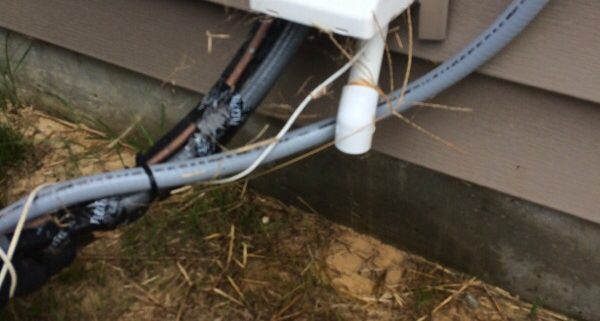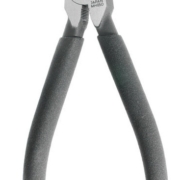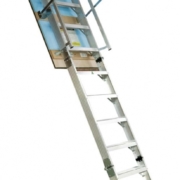A/C Condensate
A/C Condensate drain lines are normally installed near the outdoor condenser unit and drains condensate water to the exterior of the home. Condensate water is produced when warm air from the blower inside your air handler is passed over cold evaporator coil. Condensation occurs when warmer air hits a cold surface and that warm air releases its moisture. A good example would be a cold glass of ice water sitting on your dining room table, when the glass sweats and water runs down the glass. In an a/c system, that moisture has to be drained, and if the drain lines are routed correctly, should drain to the outside. The condensate drain line is a white circular drain pipe not less than 3/4 of an inch in diameter.
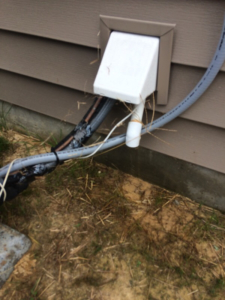
The problem that I see often as a Licensed Home Inspector is that most a/c condensate drain lines are routed outside, which is ideal, but stop or terminate 2 to 3 inches from the homes foundation. This is considered standard building practice, but it does not mean that it is a good idea. In order to have a complete understanding of what I am about to share, it would require having a good knowledge of the water content of soil and how it relates to bearing capacity. Most average people do not have this knowledge, so I will try to simplify it through a story.
Know that it is fact that when soil is dry and compacted, it is able to hold more weight. When you add water to compacted soil, it expands(clay) or compacts further and loses its ability to hold the the same amount of weight without sinking(soil) or applying upward force(expansive clay) on the object sitting on top of it. Ok, that is settled. It is a hot summer day and the a/c unit for your home is running often, trying to keep the house at your set temperature. The ground is dry and it has not rained in awhile. When the a/c unit is running, it is putting out condensate water from the condensate drain. The ground near the foundation of the home absorbs this water and the soil expands as well as not having the same load carrying capacity. When there is a thunderstorm and lots of rain, the ground around the home is uniformly wet, which is ok. When it is mostly dry around the home, and there is an area where water is concentrated, that area is not uniformly wet to the rest of the foundation, which may cause long term problems.
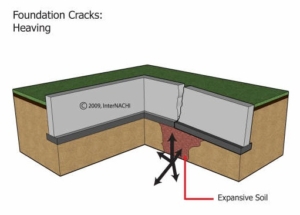
The most experienced inspectors recommend that the a/c condensate be routed no less than 12 inches from the foundation wall to avoid long term implications. I have seen cracked foundation walls on homes due to concentrated water discharge of downspouts, a/c condensate, etc. Water is the number one destroyer of homes and commercial buildings when it is not properly controlled. Have the a/c unit evaluated once a year by a qualified contractor and suggest that he/she extend the condensate drain 12 inches from the foundation wall.

